Oxygen-Deprived Dwarf Galaxy Located In Constellation Lynx Is A Record-Breaker
MessageToEagle.com – A newly discovered dwarf galaxy in the constellation Lynx creates for astronomers new possibilities for better understanding chemistry of the early universe, its formation and evolution.
The dwarf galaxy, dubbed J0811+4730, is located 620 million light years away, in the constellation Lynx. It is the most oxygen-deprived star-forming yet discovered by astronomers.
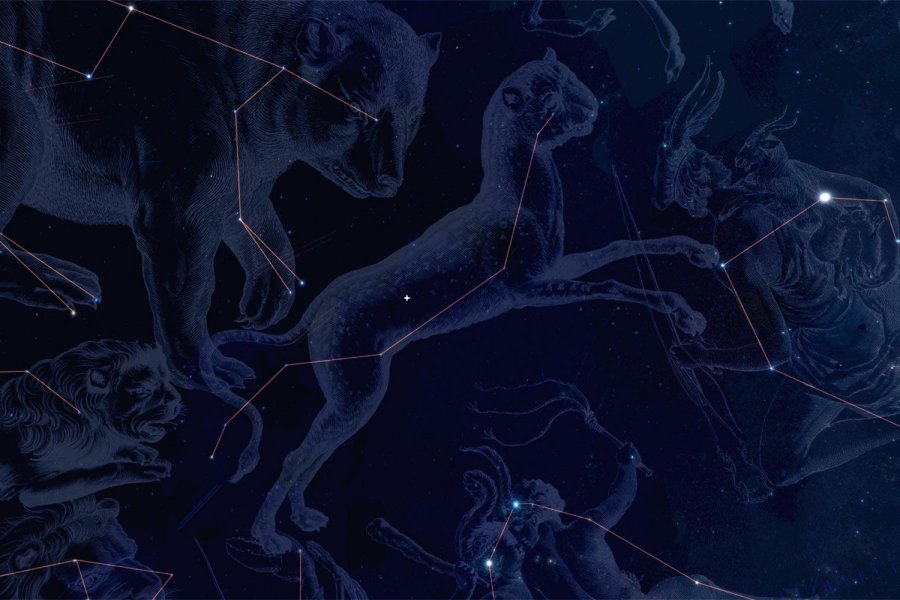
J0811+4730: the most metal-poor star-forming dwarf galaxy known, write researchers in their study.
Using the powerful Large Binocular Telescope in Arizona, astronomers found that J0811+4730, is a record-breaker: It has 9 percent less oxygen than any other so far discovered.
“We found that a considerable fraction of the stellar mass of the galaxy was formed only a few million years ago, making this one of the best counterparts we’ve found of primordial galaxies,” said UVA astronomer Trinh Thuan, one of the study’s authors in a press release.
“Because of its extremely low oxygen level, this galaxy serves as an accessible proxy for star-forming galaxies that came together within one to two billion years after the Big Bang, the early period of our nearly 14 billion-year-old universe.”
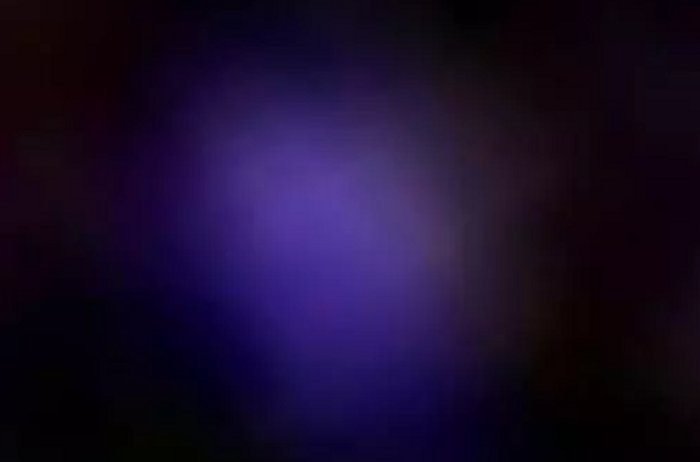
Astronomers know that the first galaxies during their forming stages were chemically simple – primarily made up of hydrogen and helium, elements made in the Big Bang during the first three minutes of the universe’s existence. Oxygen came later, as massive stars formed and made heavier and more complex elements by nuclear fusion in their interiors and also in their explosive deaths, ultimately creating a universe of countless oxygen-rich galaxies like our Milky Way.
Thuan said the data indicates that the tiny galaxy is rapidly producing new stars at a quarter of the rate of the Milky Way – yet its mass in stars is 30,000 times smaller.
Eighty percent of its stellar mass has formed in just the past few million years, marking this as an exceptionally young galaxy, producing copious amounts of ionizing radiation.
Research is published in the journal Monthly Notices of the Royal Astronomical Society.
MessageToEagle.com
Expand for referencesReferences:
Related Posts
-
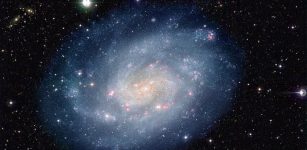 Galaxies As “Cosmic Cauldrons” – Observations Of NGC 300 Spiral Galaxy
No Comments | Jun 3, 2019
Galaxies As “Cosmic Cauldrons” – Observations Of NGC 300 Spiral Galaxy
No Comments | Jun 3, 2019 -
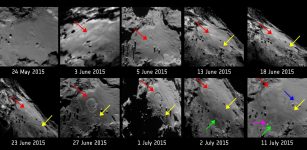 Mysterious And Spectacular Changes On Comet 67P/C-G Baffle Astronomers – Imhotep Surface Is Expanding!
No Comments | Sep 28, 2015
Mysterious And Spectacular Changes On Comet 67P/C-G Baffle Astronomers – Imhotep Surface Is Expanding!
No Comments | Sep 28, 2015 -
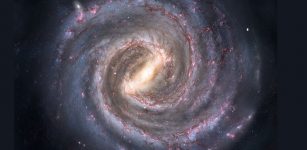 Wobbly And Flared Milky Way Disk Based On LAMOST- Gaia Data
No Comments | Sep 30, 2021
Wobbly And Flared Milky Way Disk Based On LAMOST- Gaia Data
No Comments | Sep 30, 2021 -
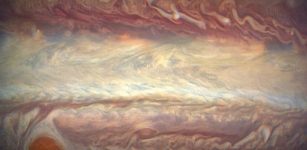 New Data From Juno And Cassini Spacecraft Surprises
No Comments | Mar 7, 2019
New Data From Juno And Cassini Spacecraft Surprises
No Comments | Mar 7, 2019 -
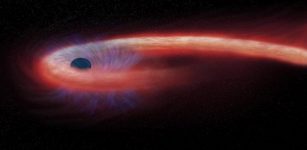 Star Spaghettified By Black Hole Observed By Astronomers For The First Time
No Comments | May 12, 2021
Star Spaghettified By Black Hole Observed By Astronomers For The First Time
No Comments | May 12, 2021 -
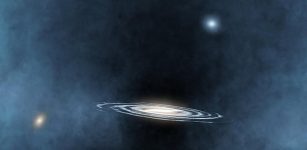 Unexpected Effect Of Black Holes Beyond Their Own Galaxies
No Comments | Jun 15, 2021
Unexpected Effect Of Black Holes Beyond Their Own Galaxies
No Comments | Jun 15, 2021 -
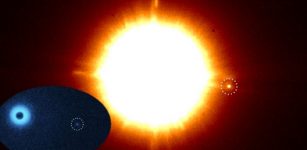 Small Planet Detected About 600-Light-Years Away From Earth In Constellation Chameleon
No Comments | May 9, 2018
Small Planet Detected About 600-Light-Years Away From Earth In Constellation Chameleon
No Comments | May 9, 2018 -
 Extremely Rare, High Mass, Compact Binary Star System Only ~150 Light Years Away – Discovered
No Comments | Apr 7, 2025
Extremely Rare, High Mass, Compact Binary Star System Only ~150 Light Years Away – Discovered
No Comments | Apr 7, 2025 -
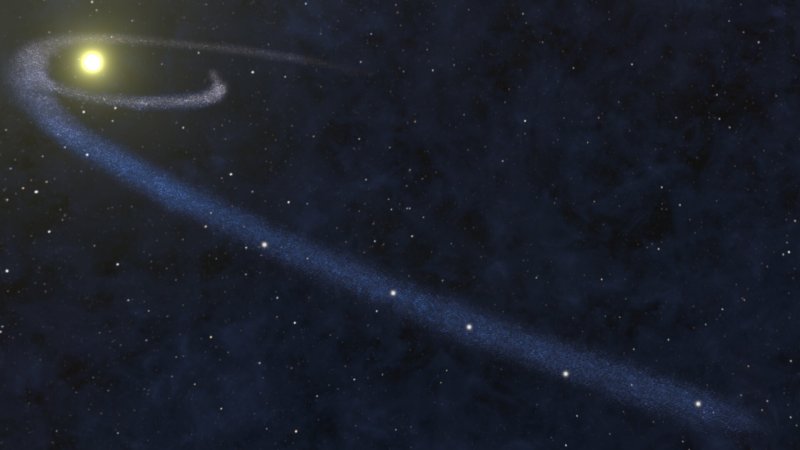 New Method To Find Missing Galactic Matter
No Comments | Feb 17, 2021
New Method To Find Missing Galactic Matter
No Comments | Feb 17, 2021 -
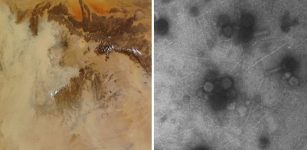 Billions Of Viruses And Tens Of Millions Of Bacteria Are Deposited Per Square Meter Per Day – Researchers Say
No Comments | Feb 6, 2018
Billions Of Viruses And Tens Of Millions Of Bacteria Are Deposited Per Square Meter Per Day – Researchers Say
No Comments | Feb 6, 2018
